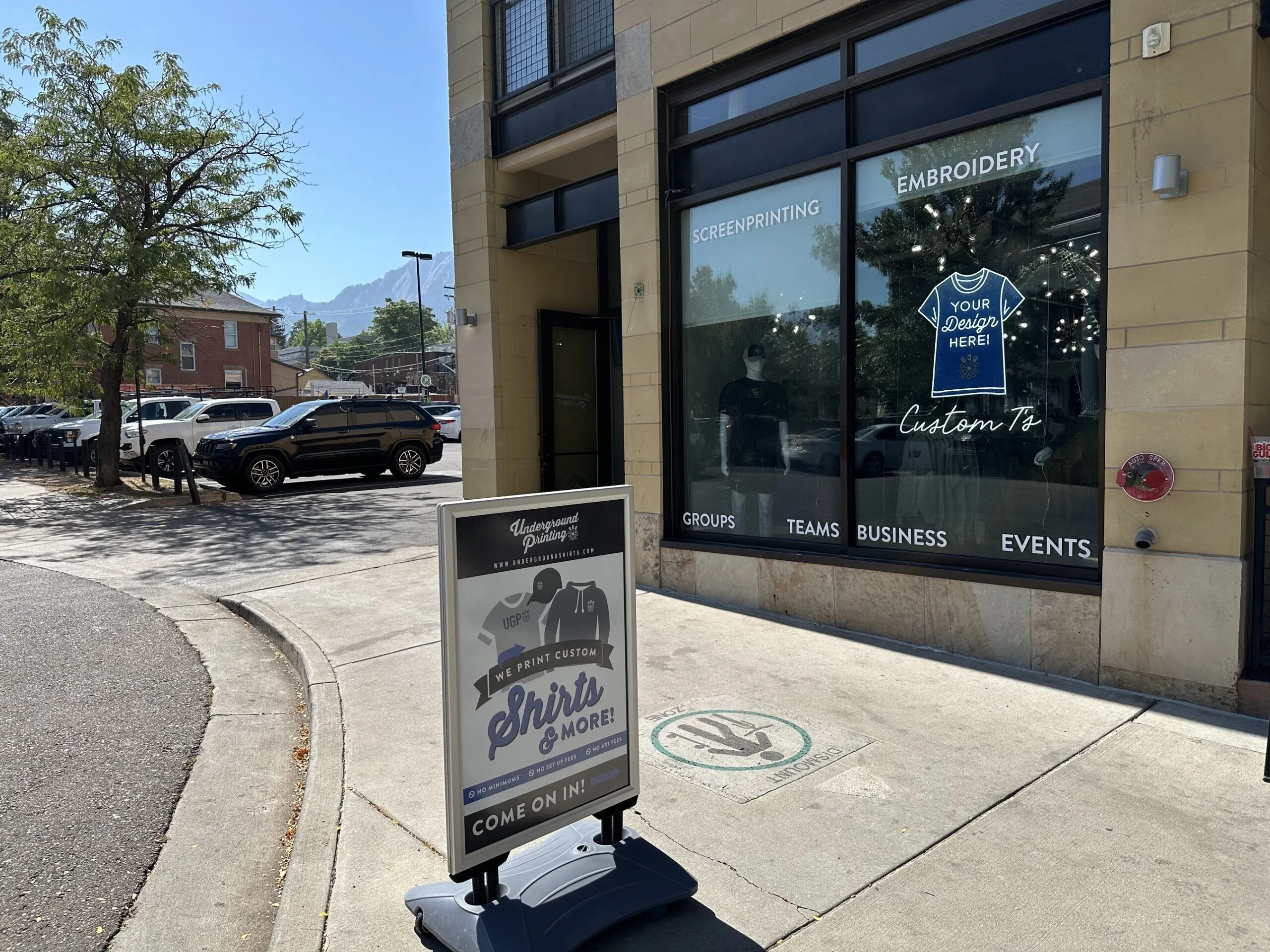Griggs: Workplace location and the ‘stunned boxer’ effect
Disoriented professionals and rattled executive teams might relate to the exhausted boxer who silently whispers, “I’m fit, and I’ve never lost, but after that last punch, I don’t know if I can make it to round 15.” Surviving just one more round may depend on collecting our wits and deciding where and when employees come back to the office.
Great recessions, supply chain disasters and 22-year-old disruptors tried to eat your lunch, yet, you proved your mettle and survived. And now the question remains, what to do and where to do it? How nice if it were as simple as: some at the office; some at home; the rest on a hybrid model. Workplace location will require some fresh ideas. Here is where you might find them.
Watch indicators and performance measures so workplace location matters less. Make use of two types of measures — indicators and performance numbers. The “check engine” light in your vehicle and smoke rising on the horizon are indicators that warn of something coming at you. Put tape over the light or watch the wind carry the smoke away, but you’ve been warned. Good performance measures objectively show the impact of employee effort and activity on well-defined results. Time in the office is a poor performance measure. It is an inexact way to measure effectiveness. Smart analysis will correlate specific employee activity and effort with needed business results. This is difficult.
SPONSORED CONTENT
Selecting two or three indicators and a set of three or four meaningful performance measures will help you and your employees decide how much real estate to put on the market. When you watch indicators and correctly measure performance you can trust employees wherever they might be. This is good management. Good leadership goes a step or two farther. It asks questions and accounts for the magic of human beings coming together.
Ask your people where they want to work. As the referee stops counting and your eyes focus you might want to check in with your people — not your partners; not the owners; not the investors — ask the ones who get the daily work done. If they know you care they’ll give you astounding information. They are the ones weaving through traffic after dropping the kids off at daycare. They’re the ones carving out personal time to send and answer work messages throughout evenings, weekends and vacations. And they’re the ones who can “smell” whether or not you truly care for the balance in their lives along with their financial security.
When you allow employees to formulate thoughtful and creative answers you might be astounded at how they rate the synergy of being around you and other co-workers. They may surprise you with the value they assign to in-person team training, professional development sessions and a chance to look good in front of the bosses. When you enter this world you’ll get clear-headed answers on workplace location.
Morgan Stanley’s James Gorman says, “If you can go to a restaurant in New York City, you can come into the office” — a puzzling summary for any working parent with two kids. A Barclays executive said, “The notion of putting 7,000 people in a building may be a thing of the past.” Many junior executives in need of corporate visibility and exposure just started editing their resumés.
You don’t always know how employees interpret a situation. It has changed too fast and has yet to settle. For now, avoid the consulting firm reports and pie charts. Employees are still adjusting their compasses on where to go for work. Great leaders stay in touch as they patiently and strategically watch the dust settle. Mediocre figures rush into new policies while still reeling from that left jab. When you ask what people prefer you get two benefits. First, you actually learn something you could never have known. Second, the act of asking and surveying raises trust and loyalty.
There will be other fights. For this one you are about to hear a bell as your legs strain to lift you from the corner stool and back into the ring for the next round — don’t forget your mouthpiece.
Rick Griggs is a former Intel Corp. training manager and inventor of the rolestorming creativity tool. He runs the 10-month Leadership Mastery Academy. rick.griggs83@gmail.com or 970-690-7327.
Disoriented professionals and rattled executive teams might relate to the exhausted boxer who silently whispers, “I’m fit, and I’ve never lost, but after that last punch, I don’t know if I can make it to round 15.” Surviving just one more round may depend on collecting our wits and deciding where and when employees come back to the office.
Great recessions, supply chain disasters and 22-year-old disruptors tried to eat your lunch, yet, you proved your mettle and survived. And now the question remains, what to do and where to do it? How nice if it were as simple as: some…


